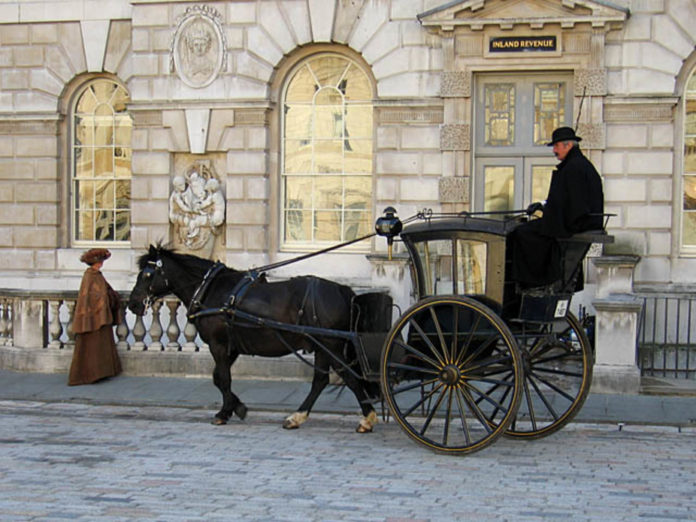

By Gordon Fletcher, University of Salford
The incredible rise of Uber demonstrates how technology can be simultaneously a disruptive and useful business idea popular with its users, while causing significant controversy elsewhere.
The way Uber works is straightforward: the mobile app connects passengers wanting to travel with nearby drivers willing to transport them. While this mirrors the long-established process of taking a cab, it’s the fact that Uber is not a taxi company and its drivers are not cabbies that has muddied the waters.
Recent events such as in Delhi, where an Uber driver has been charged with raping his female passenger has prompted worldwide outcry, and led Delhi’s city government to ban the service.
The company’s app has also been banned in Spain and Thailand, and several US cities.
All this negative attention is not unfamiliar territory for the company: an Uber driver in New York ran down and killed a child, while – in the firm’s home town of San Francisco – a driver have been charged with causing death through dangerous driving. Elsewhere, the Netherlands and Nevada had already banned the app, and it is under review in Singapore.
But banning Uber in isolation will not solve the safety concerns. As is often the case there are other, equivalent but less well-known competitors, ready to step in: Ola presents itself as easy to use, Lyft focuses on friendliness, Sidecar competes on price, and RideScout, which offers a range of transport options, was convincing enough to be bought by Daimler in September.
There’s commercial appeal to all these apps and the businesses behind them. Uber was tentatively valued at US$17 billion prior to the current controversy, even up to US$40 billion by some. But the reasons that make Uber a commercially exciting and disruptive technology are also the reasons why prospective travellers face the potential of genuine physical risk.
Uber has shed the core costs of running a taxi company: the vehicles, the local dispatch office and, critically, the vetting and licensing of drivers. Instead these ride-share apps favour a social media, sharing economy-type business model that connects people with a need to those who can fulfil it. Their advantage comes from removing the intermediation of traditional business models.
It’s the same sort of digital disruption that has already challenged music companies, newspapers and, through the likes of Airbnb, the hotel industry. But when the model is applied to a taxi service it also removes a layer of traveller safety.

The bodywork’s changed, but the body of law is much the same.
Russ London, CC BY-SA
With all the attention on Uber it is ironic (if unsurprising) to find that the key feature the company’s website currently focuses upon to distinguish itself from its competitors is safety. Among its claims is the company’s emphasis on endeavouring to exceed the requirements of local regulations wherever the app functions. Clearly, the demands this would make of the company – operating in hundreds of cites across many legal jurisdictions – makes this sound like corporate marketing to satisfy investors without actually making passengers safer.
So the reaction to Uber by many local governments has been to ban the service, but this is inevitably a short-term and traditional approach to a disruptive, non-traditional technology. Now that ride-sharing apps have been shown to work without the traditional taxi company infrastructure there’s nothing preventing a “taxi company” from starting up using any existing channel – social media sites such as Facebook or Twitter, for example.
The challenge for legislators is to respond to the new business model with a licensing approach that accepts services such as Uber while also ensuring the safety of passengers. Catching a cab can be a fraught experience – and it’s not as if only Uber drivers have in the past attacked their passengers.
Other lesser but more common infringements are taxi drivers licensed in one borough accepting fares in another borough, or traditional black cabs that can be hailed from the street working as radio cars in different localities. This situation results in confused customers who hail the cabs and, when the fare is accepted, then travel in an uninsured vehicle.
The problem, and in it our collective reassurance of safety about using a cab, currently resides in legislation drafted in a time when a hackney carriage was a real carriage pulled by a horse. Technology has significantly changed a passenger’s ability to find willing drivers, but that does not necessarily make it any safer. Bringing the two together is the challenge for legislators.
![]()
This article was originally published on The Conversation.
Read the original article.



















